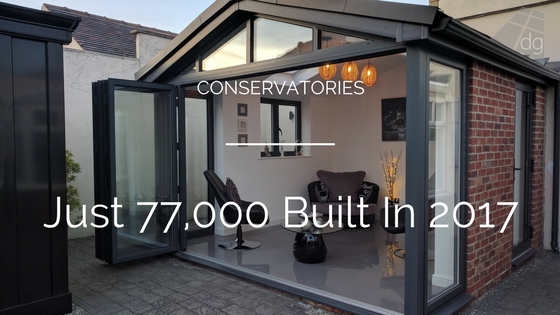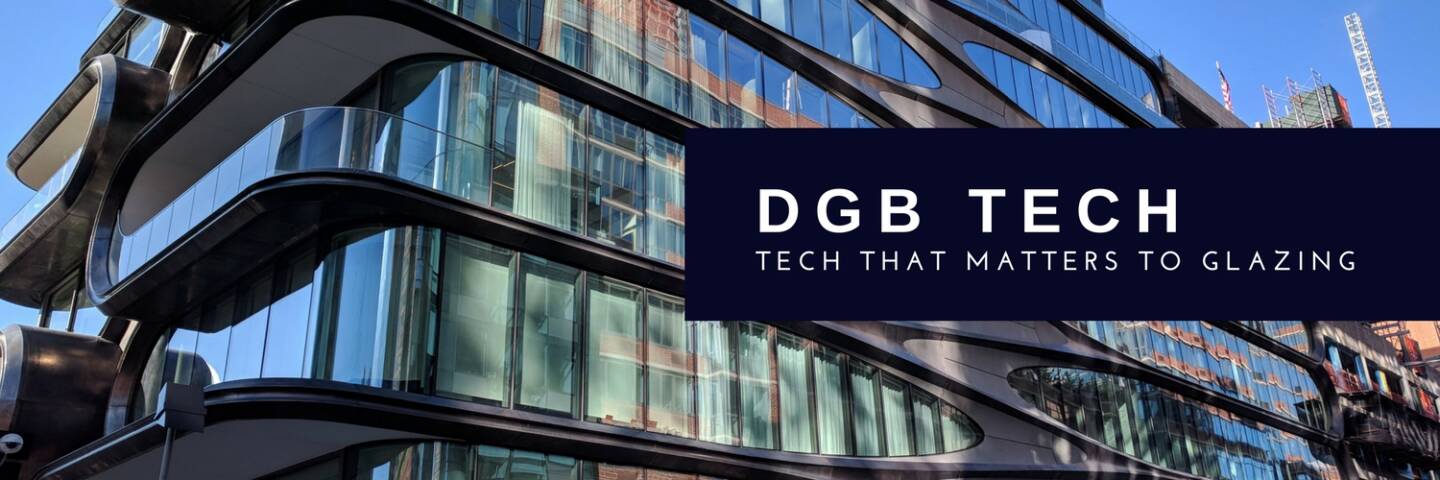I went on a training course on Monday, to brush up on my conservatory and extension knowledge. We took our new surveyor along as well. It was a useful few hours, kindly put on by Ultraframe and Prefix.
It was an informative session, and most definitely came away with new knowledge and information. However, one of the points that sticks out from that day were some of the stats that were read out.
There’s both good and bad in them.
Miserable new-builds
I think everyone knows how pathetic the new-build conservatory market is. This was underlined when I was told that just 77,000 new ones were built out of the ground during 2017. To put that into perspective, during the height of conservatory popularity in 2006, a quarter of a million were built. That is over three times the amount built last year. Then the recession came and mucked it all right up.
That was lower than I thought it would be. I wasn’t really aware of what the latest figures were, but I would have thought we could have reached just into six figures.
So what does this mean? Well, the new-build conservatory market peaked a long time ago and probably won’t ever reach mid-2000’s figures again. Most houses that need one probably have one, and we’re not building enough new houses for home owners to have one built.
Some of the other figures read out to me made for interesting reading too. For example, there has been around 4 million conservatory roofs made. That doesn’t mean they’re currently being used, but have been made and are either in use or have been. That’s a lot of roofs.
This though only tells half the story. The other half is much better and remains an enormous growth sector.
Huge refurb growth market
Of the four million conservatory roofs made, it is estimated that three million remain in use on existing conservatories. During the course on Monday we were told that 60,000 replacements, or refurbishments as the industry likes to call them, were carried out in 2017. Given the popularity of solid roofs, and the number of installers out there (14,500 est), that actually only equates to just 4.1 replacements per installer per year. Yeah, that’s low.
Obviously there are installers out there that do a great deal, doing dozens per week. That is then balanced out by those who only do a handful per year. Generally though, this is much lower than I thought it would be. In comparison, 148,000 extensions (in their traditional sense) were built last year, with 110,000 of those single storey extensions. We can deem from this that home owners want a genuine room adding to their house rather than a traditional conservatory.
This is all good news though. Why? Because there remains an absolutely vast refurbishment market for installers to attack. The best part of three million old conservatory roofs are out there ripe for upgrading. So whilst we watch the gradual demise of the new-build conservatory market, it’s death also creates a brand new one in refurbs.
The conservatory refurb market is one that will be a decades-long affair. Most of them will be solid roofs. These are designed to last a very long time, and will most likely outlast their polycarbonate predecessors. Due to their higher price point, I don’t see the industry fitting a quarter of a million per year. I think we’ll easily break the six-figure barrier soon though. It will take years for the current crop of old conservatory roofs to be replaced, which makes this a gold mine of a new niche. One that lasts for a long period of time, with products that are fairly easily installed and can command decent profit margins.
So I wouldn’t mourn the death of the new-build conservatory market too much. It’s demise has sparked a new one which will be just as profitable and of a much higher quality.
To get weekly updates from DGB sent to your inbox, enter your email address in the space below to subscribe:






